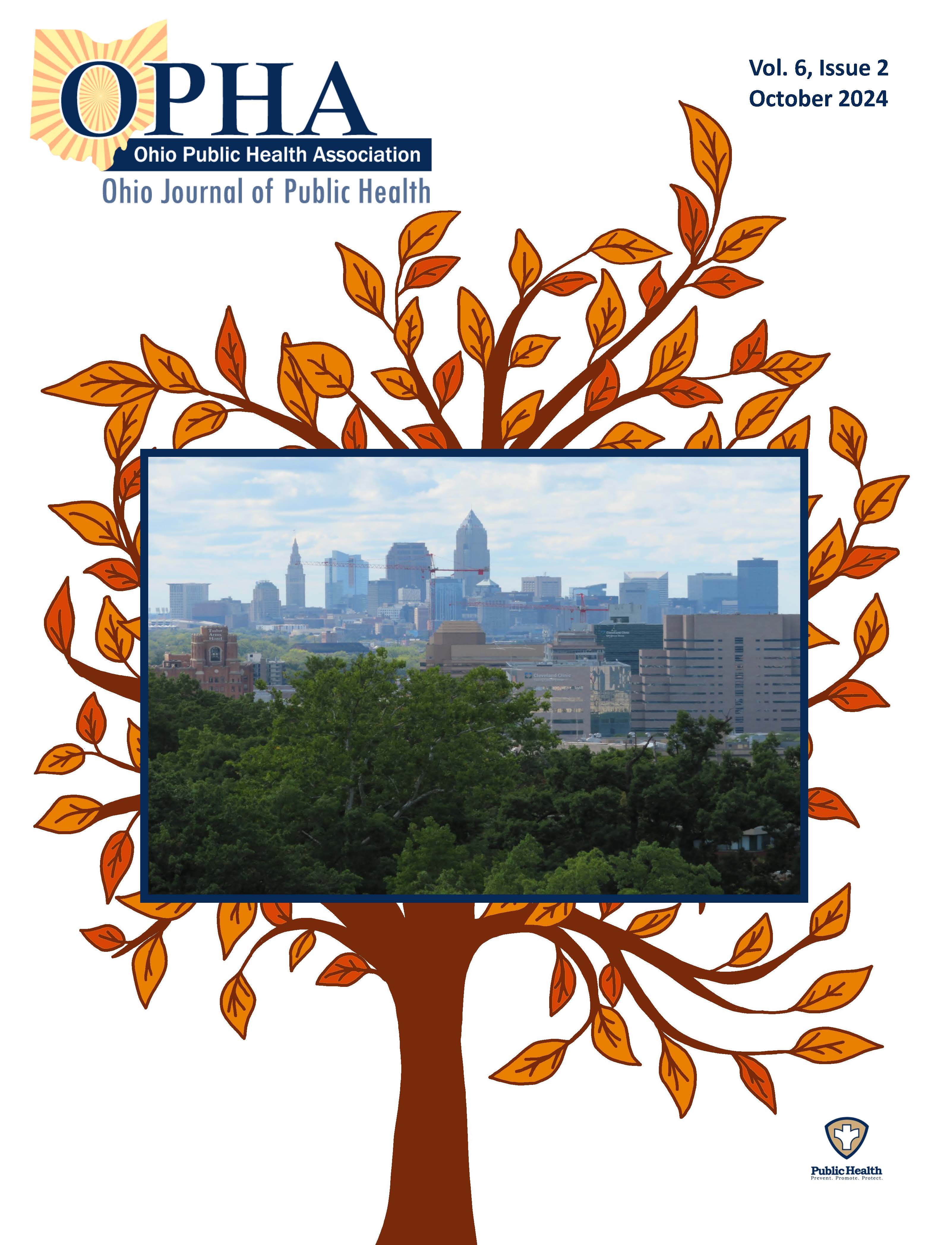Racial Disparities in Obstetrical Outcomes: A Single Institution Study
DOI:
https://doi.org/10.18061/ojph.v6i2.9969Keywords:
Racial disparities, Labor outcomes, Maternal morbidity, Women's healthAbstract
Background: Maternal and neonatal morbidity and mortality is a prevalent and pressing issue in our health care system that is disproportionately affecting minority populations at increasing rates. This study's objective is to analyze data from a single institution in southwest Ohio to determine if racial disparities are present and to what extent different measures of labor outcomes are influenced.
Methods: We analyzed retrospective data utilizing the electronic medical records system from a multicenter hospital system in southwest Ohio, dating January 2019 to July 2021. The dataset included demographic, obstetrical, and labor outcomes of patients who gave birth to singleton pregnancies at 37 weeks gestation or greater during the time period. Using the patients’ self-identified race, chi-square tests and Student t tests were used to identify disparities in obstetrical outcomes.
Results: Of the 13 666 patients in the cohort, non-Caucasian patients experienced higher rates of cesarean delivery than Caucasian patients and were more likely to have higher maternal composite scores, indicating a higher rate of adverse effects during and after labor. The nulliparous, term, singleton, vertex (NTSV) rate was 5% higher among non-Caucasian patients than Caucasian patients. Significant differences in the length of time between induction and delivery were also found between race groups.
Conclusion: Our findings suggest the presence of unmeasured clinical and nonclinical factors that are affecting the care of minority patients, similar to the findings of current and past literature. This data can be utilized as a baseline for future interventions aimed at reducing the disparities in Ohio and across the country.
Downloads
Published
Issue
Section
License
Copyright (c) 2024 Katie M. Whitehead, Rose A. Maxwell, David McKenna

This work is licensed under a Creative Commons Attribution 4.0 International License.


